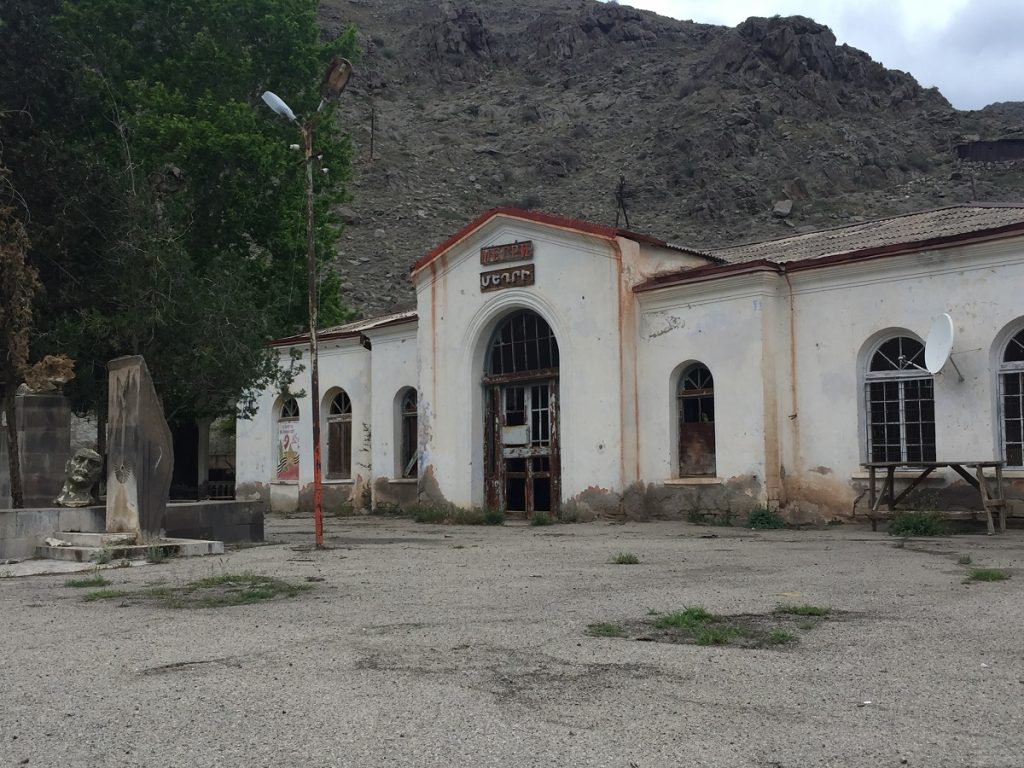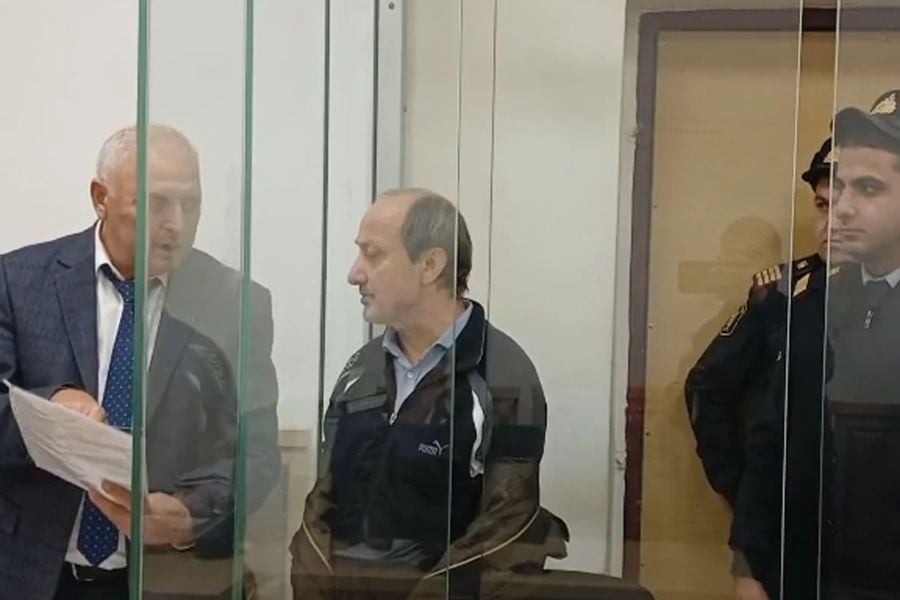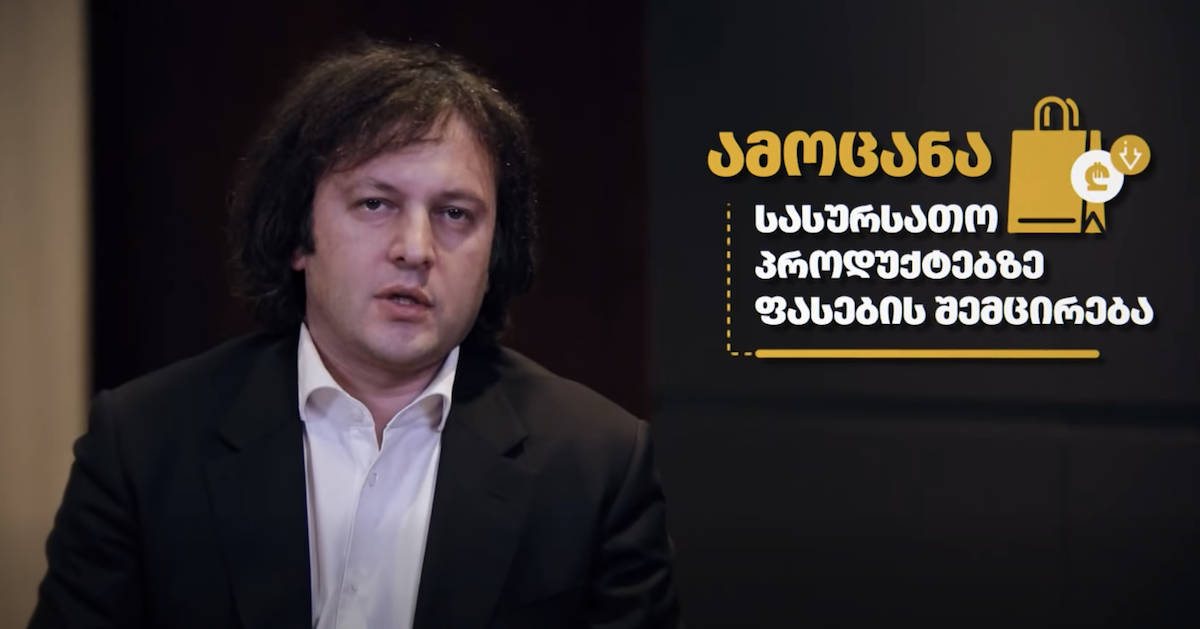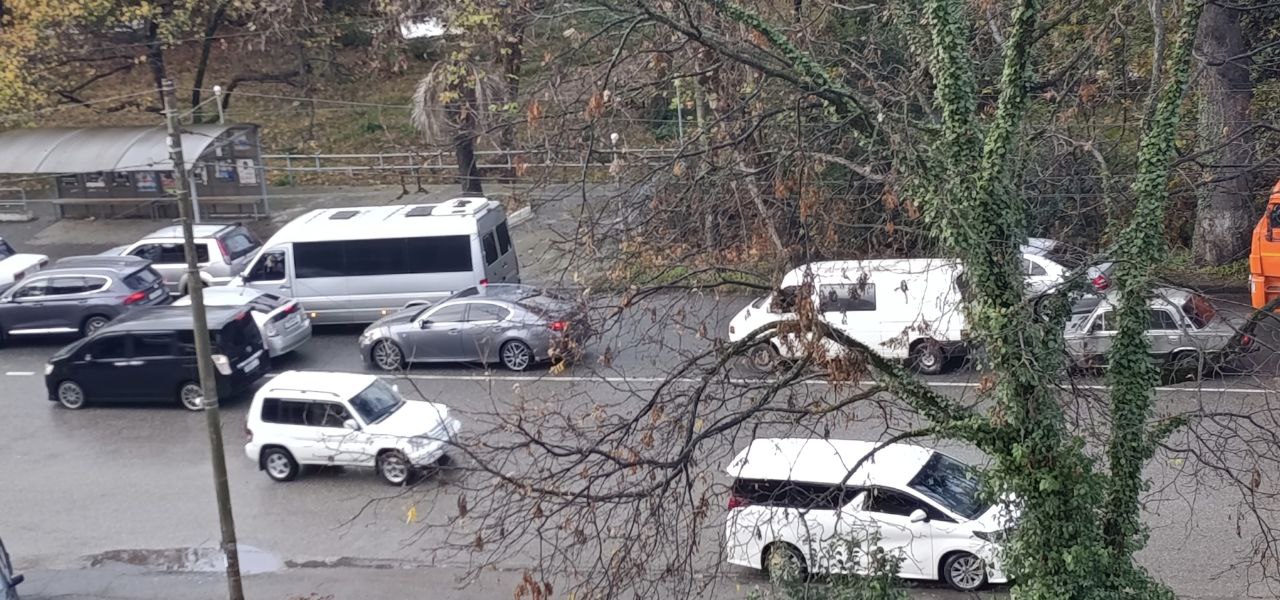Reopening transport links: new opportunities for Armenia or security threat?
The end of the second Karabakh war on November 9 brought with it an agreement to open transport links in the region which have been closed for 30 years.
The trilateral agreement signed in November states that a transit land corridor along Armenia’s southern border with Iran should connect Azerbaijan with its exclave, the autonomous republic of Nakhichevan.
This transit corridors have become a topic of dispute in Armenia, as many experts believe that any possible economic transformation thanks to the routes is a myth.
In their opinion, opening the routes does not guarantee Armenia anything, except for “new geopolitical risks”.
- Op-ed: ‘Blood, toil, tears and sweat’ – solving the Armenian political crisis
- ‘Border with Azerbaijan being defined under threat of second war’ – Armenian Ombudsman
- Armenian PM: ‘2021 a year to restore the economy.’ Experts doubtful
Which transport routes should reopen
New rail and links in the South Caucasus will open several previously closed routes, in particular:
- a route connecting the Azerbaijani Autonomous Republic of Nakhichevan with the rest of the country, for which a road will be built through the territory of Armenia (currently trips to Nakhchivan are only possible by air or via the territory of Iran)
- road and rail routes from Armenia to Russia through the territory of Azerbaijan (at present the only existing and economically critical for Armenia land route to Russia passes through Georgia. This road is congested and often closed due to weather conditions)
- Russia and Turkey will get the possibility of land communication through the territories of Armenia and Azerbaijan.
What the experts say
Political scientist Vahe Davtyan believes that the agreements between the countries have little to do with economic benefits and “do not guarantee Armenia anything except new geopolitical risks”:
“The proclaimed need to reopen communication routes in the region with the integration of Armenian transport infrastructures into them is nothing more than another manifestation of the populism characteristic of the Armenian political reality of the last 2.5 years.
One does not need to be an expert to realize that the launch of railway communication along the specified route will finally close the transport ring around Armenia. What it means is that the blockade, which the republic has been faced with for the past 30 years, will both remain intact and acquire a new form”.
Vahe Davtyan said that it would make more sense to reopen the Kars-Gyumri railway, which operated until 1993:
“This railway line is in a usable condition and, according to experts, with the appropriate repair works, it can be used within 1-2 months. With the restoration of train traffic on this section, unblocking of regional communication routes could be implemented through the Armenian Yeraskh (north of the Ararat region) to Nakhichevan and further along the Kars-Gyumri route to Baku.
However, under the tough protectionist policy of the Turkish-Azerbaijani transport strategy, restoration of communication links with the full involvement of Armenian transport infrastructures today is hard to achieve”.
In this regard, Vahe Davtyan believes that the Armenian side in the framework of negotiations on unblocking communications only serves the interests of the Turkish-Azerbaijani tandem, questioning its own subjectivity.
Davetyan added that Armenia is acting not as a state with its own national interests, but as a territory that exists only to facilitate the transport integration of Ankara and Baku.
Head of the Analytical Center for Globalization and Regional Cooperation, political scientist Stepan Grigoryan believes that it is obvious that the unblocking of the South Caucasus, the reopening of the Armenia-Azerbaijan routes derives from the interests of the Kremlin. The goal of Russia, in his opinion, is to achieve the uninterrupted functioning of land roads leading from Russia to Turkey.
Stepan Grigoryan admits that restoration of transportation is, to some extent, in the interests of Armenia too, but he also points out the risks associated with it:
“For example, will the security of our cargo traveling through Azerbaijan be ensured or not? Moreover, the main risk will arise if the status of Nagorno-Karabakh is not included in the agenda and the program goes ahead. In this scenario, it is unclear whether Azerbaijan will agree to talk about the status of Artsakh or not. On top of that, the issue with the prisoners has not yet been resolved either”.
Director of the Apaven cargo transportation company Gagik Aghajanyan believes that the construction of a railway connecting the southern regions of Azerbaijan with Nakhichevan and Turkey by means of a corridor to Meghri risks the complete transport isolation of Armenia, which could turn into a disaster.
In Aghajanyan’s opinion, transportation routes can be restored without Meghri, and at a minimum cost. Aghajanyan is referring to the operation of the railway lines from Turkey through Akhuryan to Gyumri, Yerevan, Yeraskh, and Nakhichevan:
“Yeraskh is located 500-600 meters from the border with Nakhichevan. The only thing we need to do is to build a railway line covering these 500 meters to the border. The road via Yeraskh will allow us to access the Black Sea ports of Georgia through Nakhichevan. In addition, this road will not bypass Armenia like a corridor through Meghri”.



















